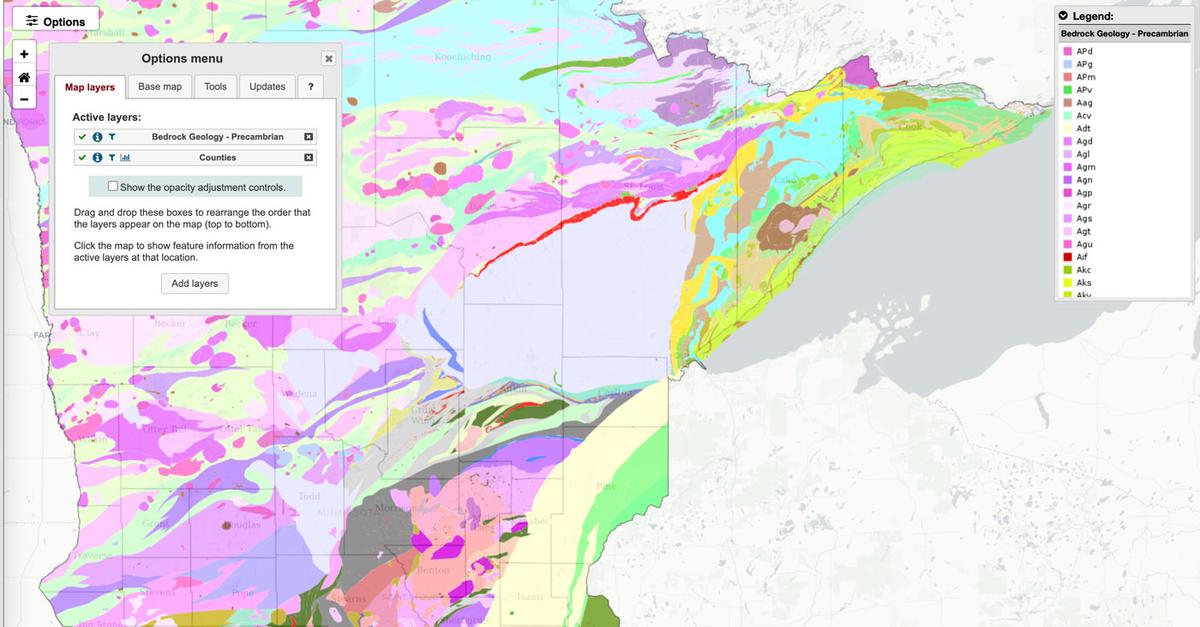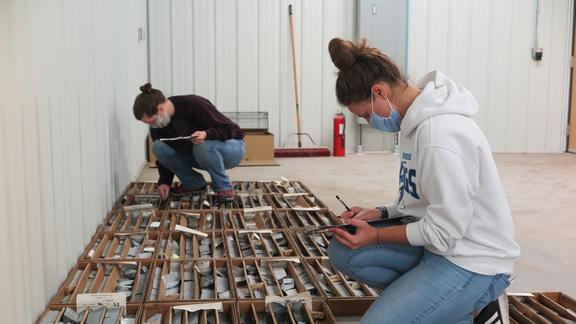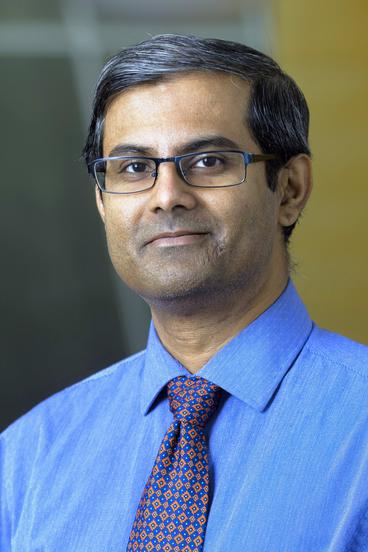Featured Research Labs

Program Overview
The Economic Geology program is the center for economic geology studies and mineral resource characterization in the University of Minnesota system. This program works to maximize our knowledge of Minnesota’s unique and diverse geology to provide foundational scientific data and information so that informed decisions regarding minerals resources in the state can be made.
Program Goals
- Characterize Minnesota’s unique and diverse mineral portfolio including currently mined resources and potential future mineral resources in the state, including in-ground resources and potential resources from waste streams.
- Work collaboratively with a wide variety of scientists, engineers, and social scientists from government, industry and academia to develop comprehensive understanding of both rewards and risks associated with mineral opportunities in the state.
- Work collaboratively with metallurgists and mineralogical engineers at our Coleraine Laboratory to develop new and unique processing strategies for both ferrous and non-ferrous (critical) minerals.
- Assist in developing statewide strategies for mineral resources research with collaborating state and federal partners such as the Minnesota Geological Survey, the Minnesota DNR, and the US Geological Survey.
- Assist in state infrastructure development projects with collaborating partners such as the Minnesota Department of Transportation.
Unique Strengths, Expertise and Capabilities
- Expertise related to Minnesota’s iron and manganese deposits, Duluth Complex-associated base metal, precious metal, and critical metal resources (copper, nickel, platinum group metals (PGM), cobalt, titanium, and vanadium), Minnesota’s Precambrian greenstone belt-associated mineral resources (copper, zinc, gold, silver, high technology metals), as well as aggregate resources and clay resources.
- Comprehensive approach to understanding mineral resource opportunities via the utilization of wide-ranging scientific expertise, life-cyce thinking, and an emphasis on minimizing waste.
- Experience conducting academic research, government-funded geological research, and industry-funded geological research.
- Collaborative research with NRRI metallurgists and metallurgical engineers,, materials scientists, and water scientist and engineers
- Geological Mapping and Drill Core Logging
- Detailed Mineral and Rock Characterization for projects such as carbon dioxide sequestration and exploration for critical minerals
- Life-Cycle thinking, Social License understanding, maximize utilization of resources
Recent Projects, Partners
- US Department of Energy, Advanced Research Projects Agency-Energy (ARPA-E). Collaborators include Pacific Northwest National Laboratory, Cornell University, US Geological Survey
- US Geological Survey National Geological and Geophysical Data Preservation Program - Collaborators include US Geological Survey and the Minnesota Geological Survey
- US Geological Survey - Earth MRI Program - Geologic Mapping in the Mentor Igneous Complex Focus Area - Collaborators include US Geological Survey, Minnesota Geological Survey, Minnesota Department of Natural Resources
- University of Minnesota Permanent Trust Fund "Characterizing Minnesota’s Known TiO2 Resources" - Detailed Study with First Review of Environmental Setting - Collaborators include Adam Simon and Jackie Kleinsasser, University of Michigan
Program Research Labs and Resources
- Petrography Lab (full range of binocular and transmitted/reflected light petrography
- Characterization Laboratory (Coleraine) includes transmitted/reflected light microscope, x-ray diffractometer, and XRF analyzer for rock and mineral identification, petrologica studies, mineral identification and rock chemical analysis
- Field sampling equipment includes rock drill, channel saws
- Access to a wide variety of GIS software, lithogeochemical software, 3-D modeling software, imaging software
Staff
Related News

NRRI plays key role in collecting critical minerals data for USGS Earth Mapping Resources Initiative.

This senior level research position is responsible for the genesis, planning, oversight, and execution of one or more complex research projects, many of which may span several years of investigatio

Drill core are rock samples pulled from the ground to study mineral deposits. NRRI's quick action saved important core from the dump.
Media Coverage
- – The big iron strike that wasn’t – Timberjay
- – 'It's like Christmas morning for a geologist' – Mesabe Tribune
- – Canadian company eyes Minn. titanium, copper-nickel projects – Duluth News Tribune


